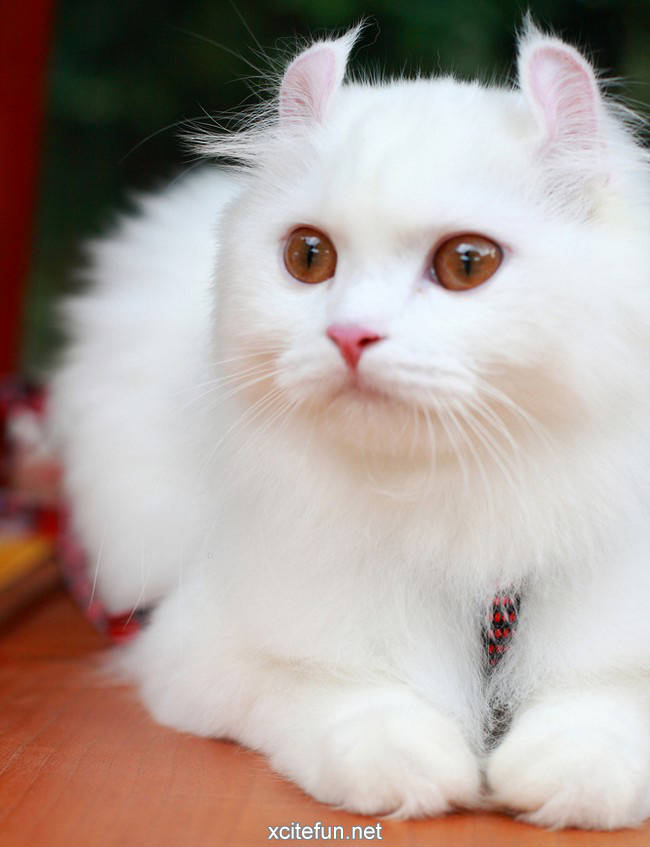Leading Tips for Keeping a Hygienic Litter Box
Leading Tips for Keeping a Hygienic Litter Box
Blog Article

Choosing the best cat litter for your feline good friend can be a challenging task given the myriad of options available on the marketplace. This detailed guide will look into the different types of cat litter, their advantages, downsides, and whatever in between to help you make an informed decision.
The product of the cat litter plays a vital role in its effectiveness. Typical products consist of clay, silica gel, recycled paper, wood, corn, wheat, and walnut shells. Each product provides distinct benefits and prospective drawbacks.
Clay-based litters are the most traditional and extensively used due to their high absorbency and clumping abilities, that make cleanup easier. Nevertheless, they can be dirty and may not be the very best option for felines or people with respiratory concerns. Silica gel crystals are highly absorbent, control smells efficiently, and are low upkeep because they do not need to be changed as regularly. Nevertheless, they can be more pricey and some felines may not like the texture. Eco-friendly litters, made from recycled paper, wood, corn, wheat, and walnut shells, are environmentally friendly options. They are usually dust-free and great for cats with allergic reactions, however their odor control and clumping abilities vary extensively.
The choice in between clumping and non-clumping litter is significant. Clumping litter kinds solid masses when wet, making it simple to scoop out urine and feces, hence maintaining a tidy litter box. Non-clumping litter absorbs wetness but does not form clumps, which might result in more frequent changes of the whole litter box.
Odor control is a leading priority Diatomaceous Earth Cat Litter for a lot of feline owners. Litters are typically infused with baking soda or charcoal to reduce the effects of odors. Preserving a fresh litter box also requires routine scooping, ideally twice a day, and following the maker's guidelines for altering the litter and cleaning the box.
The health of your feline and the ecological effect of the litter are also important elements. Dust-free or low-dust alternatives are much better for breathing health. Naturally degradable litters use an eco-friendly alternative to clay, which is strip-mined and not eco-friendly. Furthermore, it's vital to be aware of any allergic reactions your Wheat Cat Litter feline may need to particular materials.
Cost is a necessary consideration, as the cost of cat litter can differ substantially. While silica gel and some naturally degradable litters might be more pricey upfront, their longevity can use cost savings in the long run. Conversely, clay litter is often less expensive but requires more frequent replacement.
Ultimately, the very best cat litter is one that matches both your and your cat's preferences and needs. It may take some experimentation to discover the best match. Pay attention to your feline's habits cat litter box enclosure and convenience, along with the litter's performance in terms of odor control, absorbency, and maintenance.
Selecting the ideal cat litter contributes substantially to your feline's health, joy, and the cleanliness of your home. By considering the material, clumping ability, odor control, health impacts, environmental effects, and cost, you can make an informed decision that benefits both you and your furry companion. Remember, what works finest for one feline might not fit another, so be prepared to experiment till you discover the perfect option.